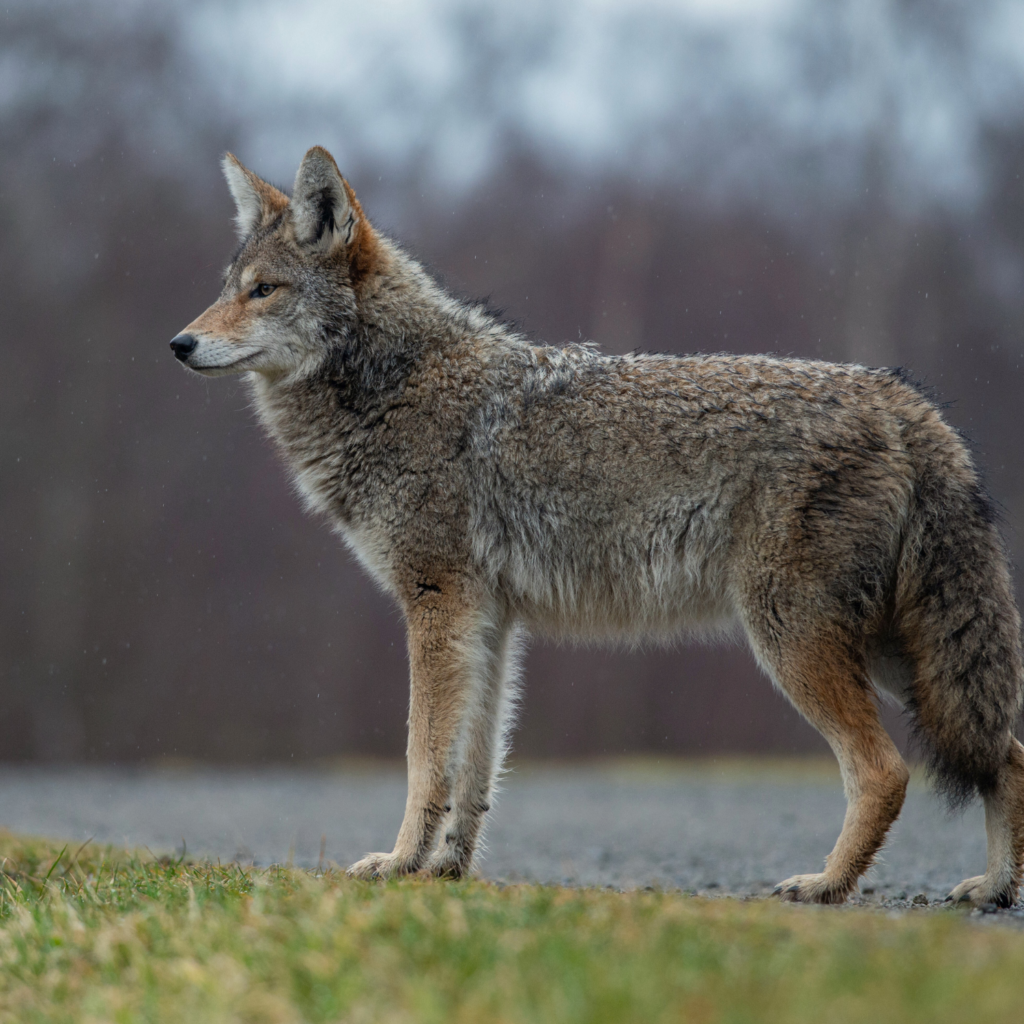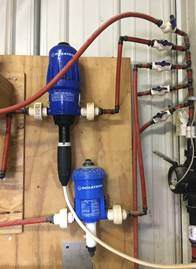Better Bedding For Pheasant Care
At MacFarlane Pheasants, we’ve become the largest pheasant producer in North America in part because of our innovation. All of the decisions we make in the care of our birds, from the smallest to the greatest, are because they result in a better, wilder bird. That includes the choices we make in our birds’ bedding. Whether it’s for our Ringneck pheasants for sport or White pheasants for meat, they all use the same bedding.
It starts when birds are in their first three weeks. Many farms use wood shavings, but over the years we discovered that the wide range of sizes of the shavings were creating problems. Most wood shavings are the byproducts of door and window frames. Because of this, there’s little care taken to produce a uniform size. Chicks ingest the finer particles, filling their stomachs with indigestible material that doesn’t allow them to eat feed. Birds basically starve to death while feeling full the whole time.
We discovered a company in Texas called Suncoast Pine Shavings. They stood out because their product is directly cut from the log itself. It has a uniform size of an inch square (almost the size of a pheasant chick), eliminating the possibility of chicks eating it. It’s also kiln-dried, killing mold and bacteria and eliminating moisture. For more than five years we’ve used their product exclusively, and we highly recommend their it. But whether you use their product or another, it’s important to choose a dust-free, large-size product to protect your birds.
 After the chicks reach three weeks, we transfer them to wheat straw. There are a number of benefits to this material as a substrate. First, it’s readily available in Wisconsin (it’s harvested in late July and early August), letting us source it locally and develop relationships with area farmers. Also, because it’s so close, we save on trucking costs. The straw is dust-free, which helps prevent respiratory ailments in the birds. Finally, it’s easy to store, allowing us to stock up for the season. Just this week we bought 800 bales and placed a deposit with local growers for many more. They should last us through February.
After the chicks reach three weeks, we transfer them to wheat straw. There are a number of benefits to this material as a substrate. First, it’s readily available in Wisconsin (it’s harvested in late July and early August), letting us source it locally and develop relationships with area farmers. Also, because it’s so close, we save on trucking costs. The straw is dust-free, which helps prevent respiratory ailments in the birds. Finally, it’s easy to store, allowing us to stock up for the season. Just this week we bought 800 bales and placed a deposit with local growers for many more. They should last us through February.
The last bedding material we use is in the pens of our egg-laying birds. For this, we use baled grass, also locally sourced. We like it because it does a better job of keeping eggs off the ground. In those peak egg-producing months of April and May, when the rains are worst, the grass weaves together to keep the eggs dry and clean, away from the mud and bacteria. (Wheat straw, with its wax-like coating, allows eggs to slide right through.) By adapting our substrate to the conditions, we’re able to produce healthier eggs and chicks.
It’s important to note that our products are chosen for both their efficacy and locality. We encourage you to do the same. Raising pheasants can be a wonderful opportunity to get to know some of your local farmers, growing relationships that extend well beyond the hunting season. Discover what local crops you can use that have these same properties, and drop us a line to let us know what you find.
Related Posts

Preparing Our Barns & Pens Each Spring
Read Post
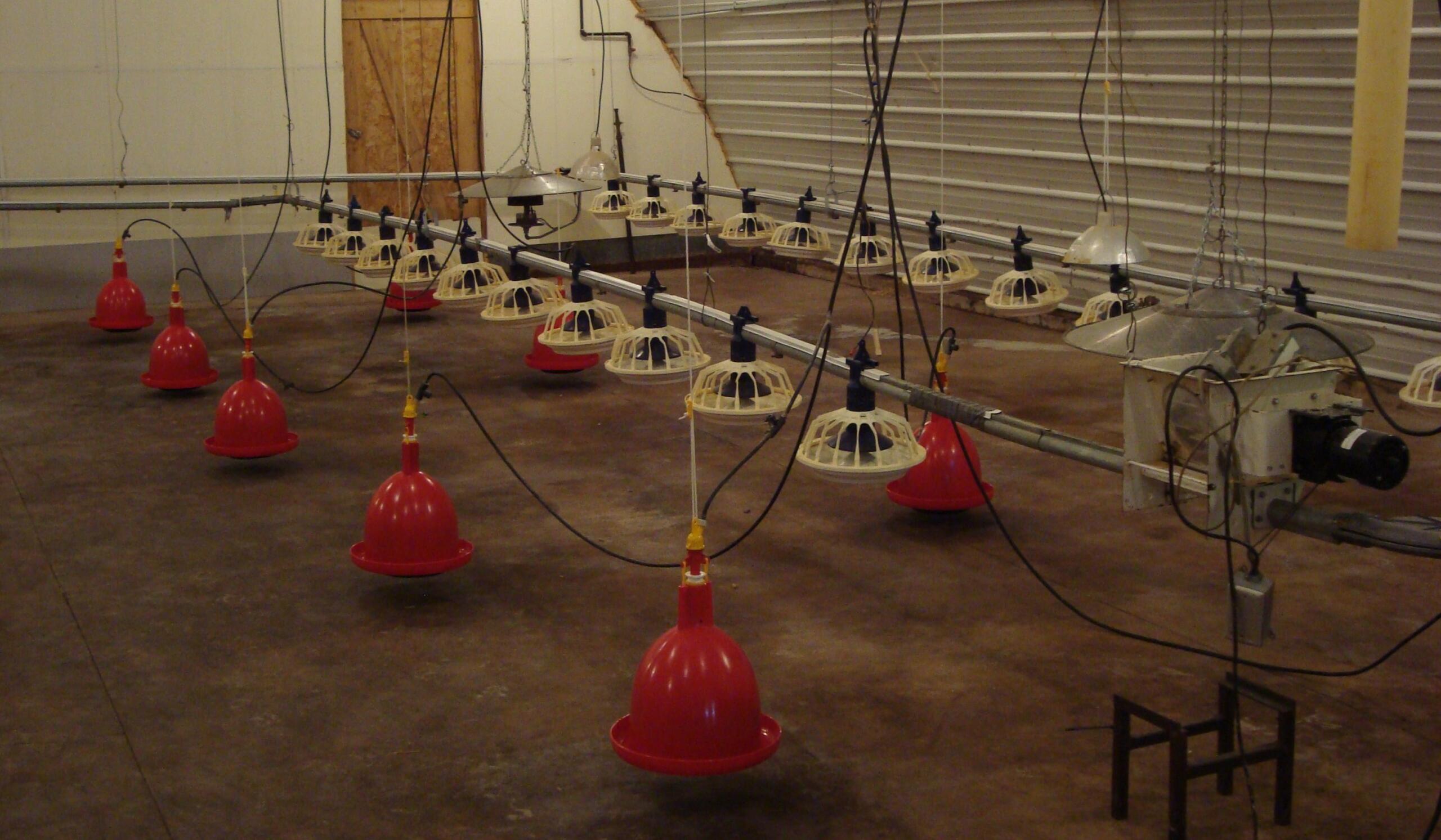
6 Feed and Water Procedures to Keep MacFarlane Pheasants Healthy
Read Post
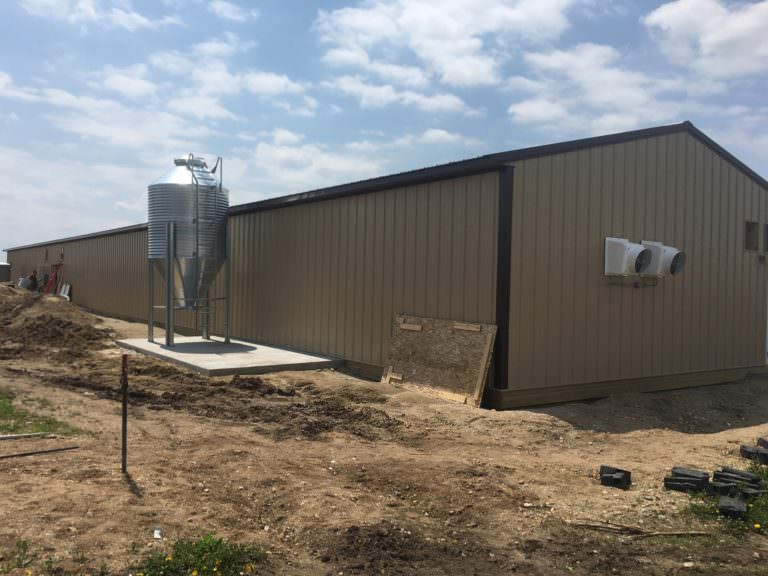
Air Flow in Barns
Read Post
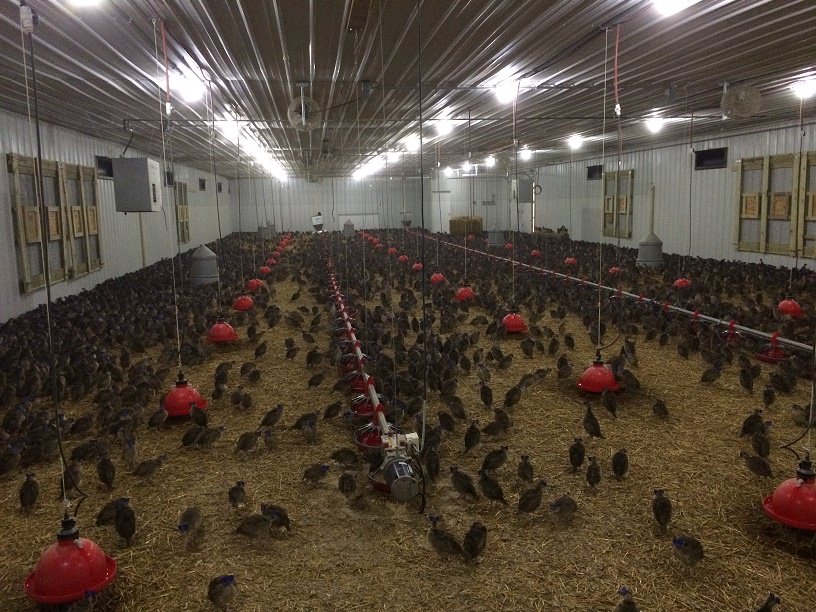
Barn Maintenance at MacFarlane Pheasants’ Milton Farm
Read Post

Best Bedding for Pheasants
Read Post
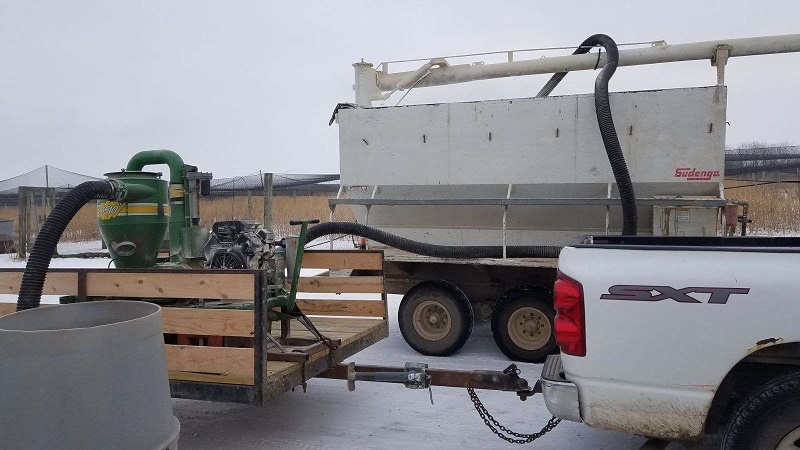
Cleaning Out Barns After Pheasants
Read Post
Clean Water Lines in MacFarlane Pheasants Inc. Barns Are Critical
Read Post
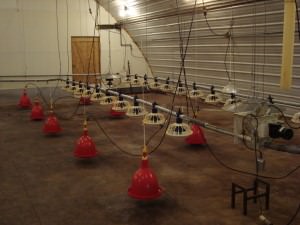
Disinfecting Barns
Read Post
Take Advantage of These Free Resources
As the biggest game bird farm in the United States, we want to share our experience with you. Download our free resources below and get started.

